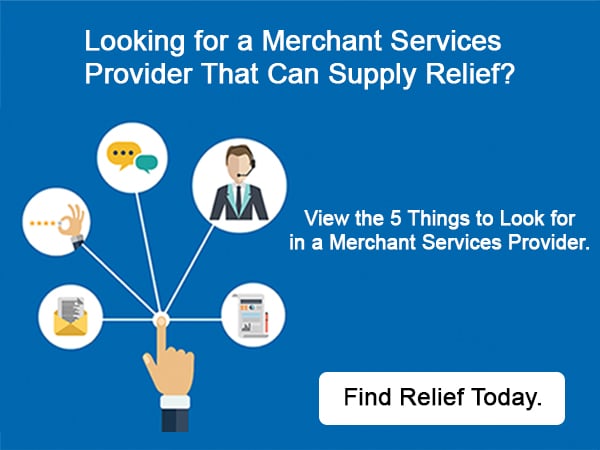Since 2000, U.S. consumers and businesses have increasingly used a variety of non-cash payment methods to make or receive payments, according to a Federal Reserve payments study.1 At the time of the study, the Federal Reserve determined that about 140 billion non-cash retail payments with a total value of over USD 175 trillion were being made in 2015.1
The increasing volume and value of non-cash payments are impressive, but should come as no surprise. The push for digital and faster payments has aided this. Faster, in general, is woven throughout many of today’s consumer-centric innovations. E-commerce revolutionized online deliveries with same-day shipping and arrival. Ride-sharing apps revolutionized our ability to quickly hail a driver, as well as order food for delivery from any assortment of restaurants. Streaming music or videos are instantly available on devices connected to the internet.
Likewise, payments followed suit by trying to create faster, more seamless and secure payments for the end user. In that same e-commerce site, one-click payments came to be. And in the ride-sharing app, payments became virtually invisible once a user entered their payment information. In both instances, the payment process was made convenient and, subsequently, faster.
Here are three electronic payment methods and technological improvements that are paving new ways for payments providers to implement faster and more user-friendly payment capabilities for merchants and their consumers alike.
(1) Mobile device applications – Mobile devices and the corresponding applications have opened up a variety of channels to conduct financial transactions with more ease. This includes interacting with financial institutions to managing personal finances to integrating payments seamlessly into transactions. Strong examples are branded digital wallets, which, in essence, make payments quick and invisible. Or person-to-person payment platforms that allow consumers to instantly send money back and forth with others also on the payment platform.
Related Article: The State of Digital and Mobile Commerce
(2) APIs – APIs (application programming interfaces) are, essentially, building blocks used to develop application software. For example, an area to address with APIs is the ability to accept payments in an app or online. Beyond offering the option to make a purchase, payments APIs could help integrate new payment methods like Android Pay, Apple Pay or Samsung Pay into the payments experience. Another example includes integrating single click purchase technology in the online shopping experience.
Related Article: 5 Ways Retailers can Leverage APIs to Boost Profits
(3) Internet of Things – In the movement toward an Internet of Things (IoT), smart devices – from wearable technology like wristwatches to cars to refrigerators – have the ability to make payment transactions. Similar to mobile device applications and APIs, the impact the IoT could have (and has already begun to have) is one of making payments invisible and convenient – especially if your dishwasher is the one automatically ordering and re-ordering dish detergent.
Related Article: The Internet of Things: Enable Smarter Shoppers with Smart Devices
1 “Federal Reserve Payments Study 2016,” Federal Reserve, 2016.
The information provided herein is sponsored by Discover Global Network. It is intended for informational purposes based on independent research, and is not intended as a substitute for professional advice.









 Facebook
Facebook Twitter
Twitter LinkedIn
LinkedIn Youtube
Youtube Glassdoor
Glassdoor